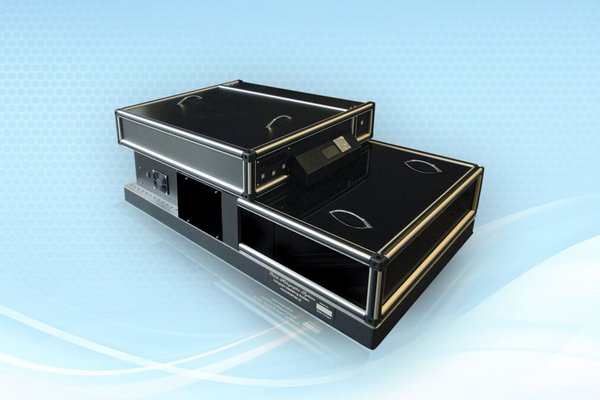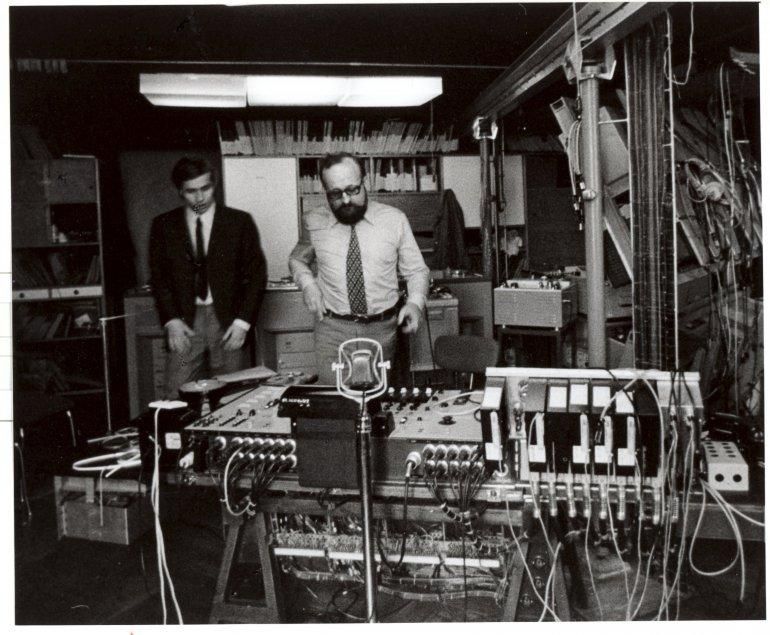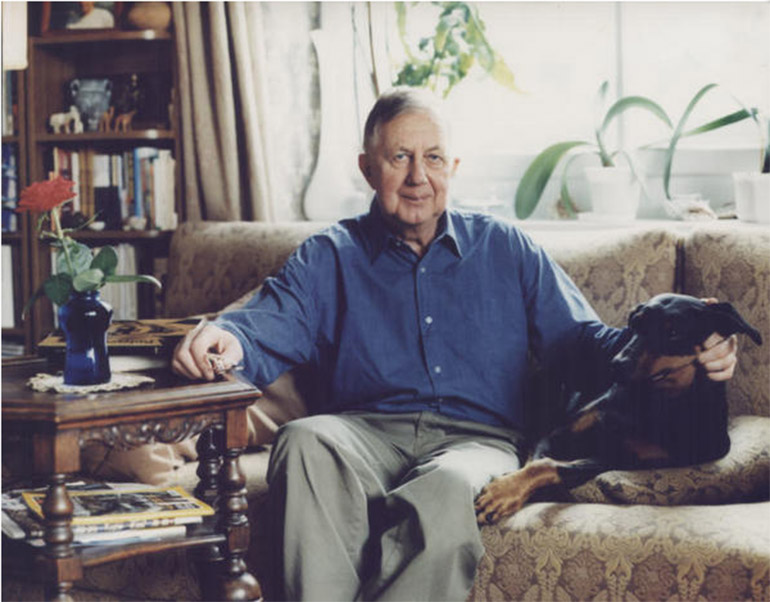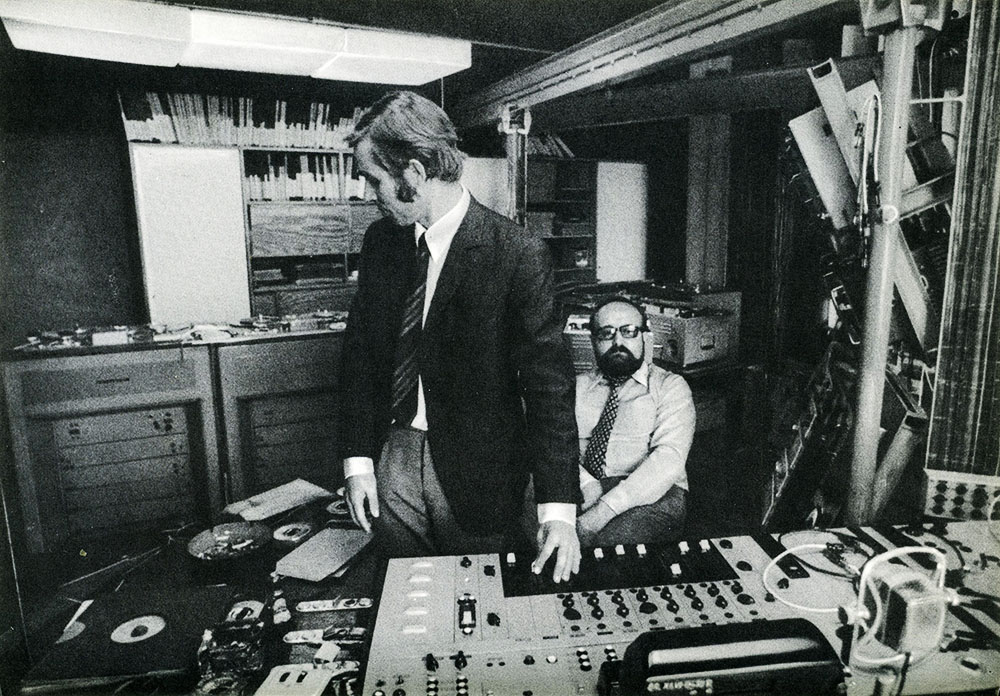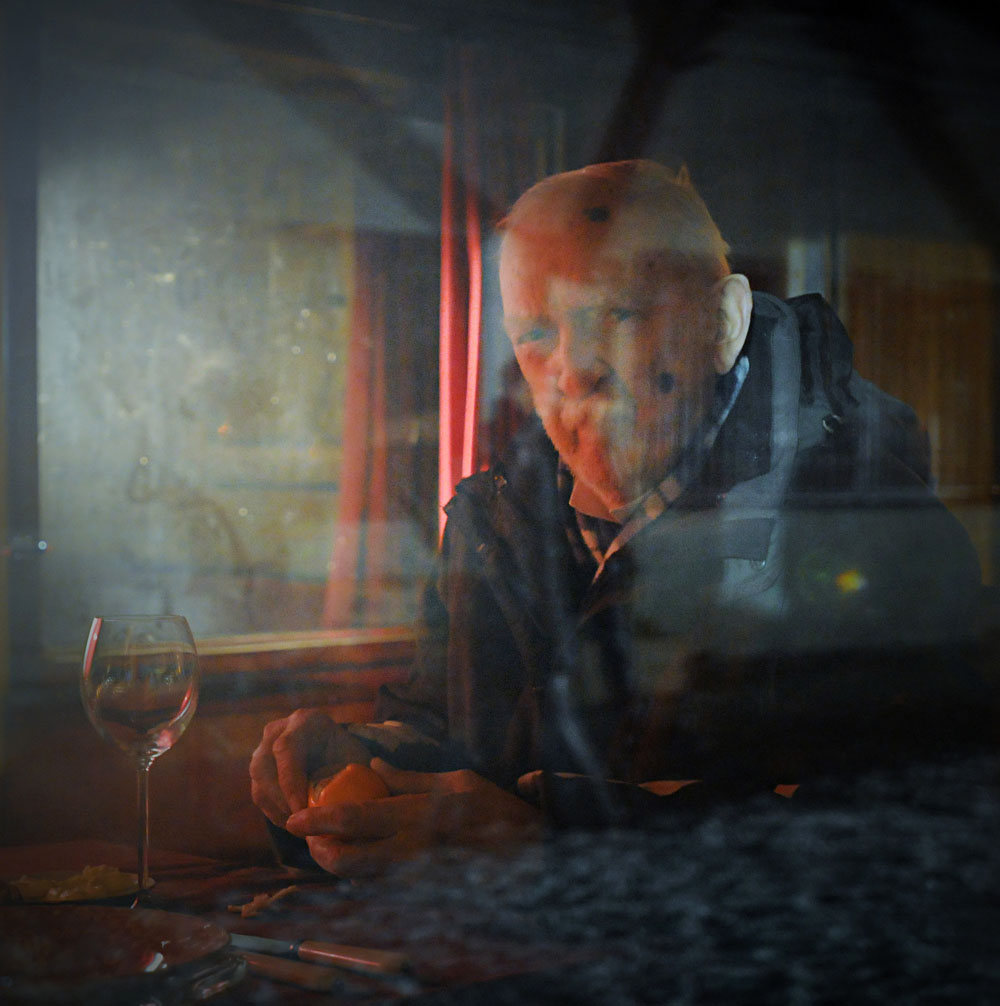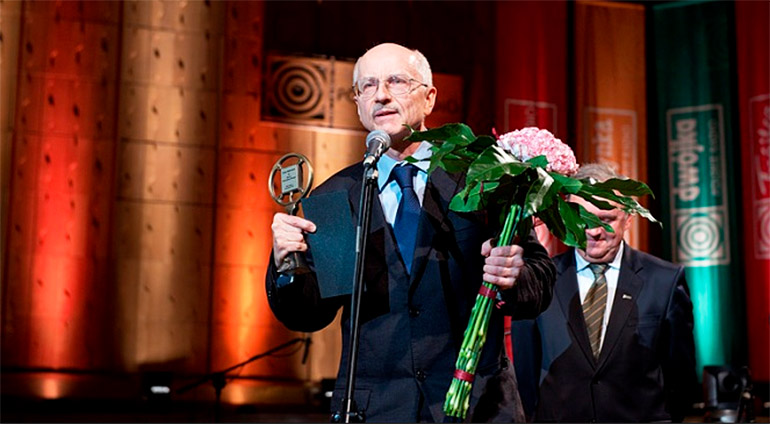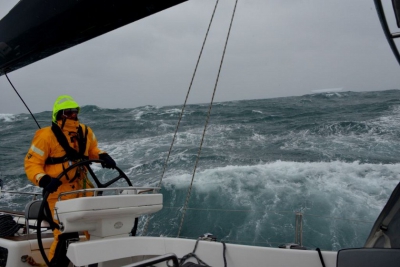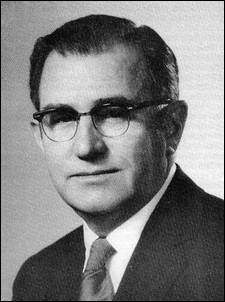SobieskiSavedEurope
Gold Member
- Thread starter
- Banned
- #641
Świętosławski WOJCIECH ALOJZY, born on June 21, 1881, Kiryjówka (Ukraine), d. 29 IV 1968, Warsaw,
Polish physicochemist.
He was born on June 21, 1881 in Kiryjówka (Ukraine).In the period 1911-18, Świętosławski was an employee of a university in Moscow;1919-39 and 1946-51 professor at the Warsaw University of Technology (1928-29 its rector.), 1947-60 - University of Warsaw.In the years 1940-46 he stayed in the USA: 1940-41 he was a professor at the University of Pittsburgh, 1941-46 - Institute of Industrial Research Mellon in Pittsburgh.In the period 1947-60 he managed the Physicochemical Department of the Institute of General Chemistry in Warsaw (currently the Institute of Industrial Chemistry named after I. Mościcki), was the organizer and in 1955-60 the first director of the Institute of Physical Chemistry of the Polish Academy of Sciences in Warsaw.
In 1928-32 and 1934-40 he was the vice-chairman of the International Union of Pure and Applied Chemistry (IUPAC); 1926-34 president, 1934-47 vice-president of the Thermochemical Commission, IUPAC Physicochemical Data Commission and the Commission of the International Physicochemical Design Office. In 1922 he became a member of the Warsaw Scientific Society, from 1923 - the Academy of Technical Sciences and the Polish Academy of Arts and Sciences (1934-46 vice-president), and in 1952 - the Polish Academy of Sciences.
Świętosławski was the senator of the Republic of Poland and 1935-39 minister of religious denominations and public enlightenment (1937 allowed the introduction of a bench ghetto in colleges, accepting the so-called Aishan paragraph in the statutes of student associations). He did not belong to any political party, but he was an advocate of Józef Piłsudski. During his studies he cooperated with leftist organizations. As a member of the government, together with Deputy Prime Minister Eugeniusz. Kwiatkowski, he supported the president Ignacy Mościcki.
Polish physicochemical school
Świętosławski created a Polish physicochemical school, which issued 20 professors, promoted dozens of doctors and over 300 graduates, and also left outstanding successors in Russia. He was the author of many textbooks and monographs: Handbook on physical chemistry (1920, together with M. Centnerszwerem), Physical chemistry (volumes 1-4 1923-31), Ebuliometry (1935), Coke Formation Process and Physicochemical Properties of Coals (1942) , Ebuliometric Measurements (1945), Hard coal chemistry and coking (1953), Carbon tar (1956), Azeotropy and poliazeotropia(1957). In 1951 he was awarded the 1st degree state award for his entire scientific activity. He died on April 29, 1968 in Warsaw.
Thermochemical measurements
In his scientific work, he initially dealt with thermochemical measurements, from which he drew conclusions about the structure of organic molecules based on the algebraic relations he developed. He stated that the numerical results of analogous measurements coming from different laboratories differ significantly, so he introduced the method of conducting measurements in strictly defined conditions relative to the value obtained for the substance considered the reference.Świętosławski's proposals were adopted in 1922 by IUPAC; at his request in 1922, benzoic acid was adopted as the heat of combustion standard, 1933 changed (also at his request) to hydrogen.
Contribution to the development of ebulliometry and azeotropy
The necessity of obtaining the purest possible model substances prompted Świętosławski to improve measuring instruments, especially calorimeters.Constructed (together with Alicja Dorabialska) microcalorimeters to measure negligible amounts of heat released and (with Witold Romer) ebuliometry - instruments for precise measurement of the boiling point of pure liquids and solutions (by ebulliometry, boiling points of dilute solutions can be determined and molecular masses of chemical compounds used and used for determining the degree of purity of the liquid, solubility of the substance, in studies of azeotropes and others). Świętosławski also contributed to the development of azeotropy - he developed the systematics of two-component azeotropic systems, which in 1946-60, along with his students, expanded to multi-component systems.
Coal Department
In 1918-27, Świetosławski cooperated with military institutions on activated carbons for gas masks. In 1927 he organized the Coal Department of the Chemical Research Institute (1927-39 managed the Department), in which, together with his colleagues, he studied the ability to absorb gases by various types of hard coal and developed the theory of the coking process. After 1946, he took up the technology of processing coal tar, in large quantities obtained in Poland in hard coal coking processes; its purpose was to isolate from the tar (physicochemical methods) very pure substances that could replace the inaccessible products on the world market (previously provided by the German industry destroyed during the war), but political considerations made it impossible to implement this goal.
Google Translate
Polish physicochemist.
He was born on June 21, 1881 in Kiryjówka (Ukraine).In the period 1911-18, Świętosławski was an employee of a university in Moscow;1919-39 and 1946-51 professor at the Warsaw University of Technology (1928-29 its rector.), 1947-60 - University of Warsaw.In the years 1940-46 he stayed in the USA: 1940-41 he was a professor at the University of Pittsburgh, 1941-46 - Institute of Industrial Research Mellon in Pittsburgh.In the period 1947-60 he managed the Physicochemical Department of the Institute of General Chemistry in Warsaw (currently the Institute of Industrial Chemistry named after I. Mościcki), was the organizer and in 1955-60 the first director of the Institute of Physical Chemistry of the Polish Academy of Sciences in Warsaw.
In 1928-32 and 1934-40 he was the vice-chairman of the International Union of Pure and Applied Chemistry (IUPAC); 1926-34 president, 1934-47 vice-president of the Thermochemical Commission, IUPAC Physicochemical Data Commission and the Commission of the International Physicochemical Design Office. In 1922 he became a member of the Warsaw Scientific Society, from 1923 - the Academy of Technical Sciences and the Polish Academy of Arts and Sciences (1934-46 vice-president), and in 1952 - the Polish Academy of Sciences.
Świętosławski was the senator of the Republic of Poland and 1935-39 minister of religious denominations and public enlightenment (1937 allowed the introduction of a bench ghetto in colleges, accepting the so-called Aishan paragraph in the statutes of student associations). He did not belong to any political party, but he was an advocate of Józef Piłsudski. During his studies he cooperated with leftist organizations. As a member of the government, together with Deputy Prime Minister Eugeniusz. Kwiatkowski, he supported the president Ignacy Mościcki.
Polish physicochemical school
Świętosławski created a Polish physicochemical school, which issued 20 professors, promoted dozens of doctors and over 300 graduates, and also left outstanding successors in Russia. He was the author of many textbooks and monographs: Handbook on physical chemistry (1920, together with M. Centnerszwerem), Physical chemistry (volumes 1-4 1923-31), Ebuliometry (1935), Coke Formation Process and Physicochemical Properties of Coals (1942) , Ebuliometric Measurements (1945), Hard coal chemistry and coking (1953), Carbon tar (1956), Azeotropy and poliazeotropia(1957). In 1951 he was awarded the 1st degree state award for his entire scientific activity. He died on April 29, 1968 in Warsaw.
Thermochemical measurements
In his scientific work, he initially dealt with thermochemical measurements, from which he drew conclusions about the structure of organic molecules based on the algebraic relations he developed. He stated that the numerical results of analogous measurements coming from different laboratories differ significantly, so he introduced the method of conducting measurements in strictly defined conditions relative to the value obtained for the substance considered the reference.Świętosławski's proposals were adopted in 1922 by IUPAC; at his request in 1922, benzoic acid was adopted as the heat of combustion standard, 1933 changed (also at his request) to hydrogen.
Contribution to the development of ebulliometry and azeotropy
The necessity of obtaining the purest possible model substances prompted Świętosławski to improve measuring instruments, especially calorimeters.Constructed (together with Alicja Dorabialska) microcalorimeters to measure negligible amounts of heat released and (with Witold Romer) ebuliometry - instruments for precise measurement of the boiling point of pure liquids and solutions (by ebulliometry, boiling points of dilute solutions can be determined and molecular masses of chemical compounds used and used for determining the degree of purity of the liquid, solubility of the substance, in studies of azeotropes and others). Świętosławski also contributed to the development of azeotropy - he developed the systematics of two-component azeotropic systems, which in 1946-60, along with his students, expanded to multi-component systems.
Coal Department
In 1918-27, Świetosławski cooperated with military institutions on activated carbons for gas masks. In 1927 he organized the Coal Department of the Chemical Research Institute (1927-39 managed the Department), in which, together with his colleagues, he studied the ability to absorb gases by various types of hard coal and developed the theory of the coking process. After 1946, he took up the technology of processing coal tar, in large quantities obtained in Poland in hard coal coking processes; its purpose was to isolate from the tar (physicochemical methods) very pure substances that could replace the inaccessible products on the world market (previously provided by the German industry destroyed during the war), but political considerations made it impossible to implement this goal.
Google Translate

